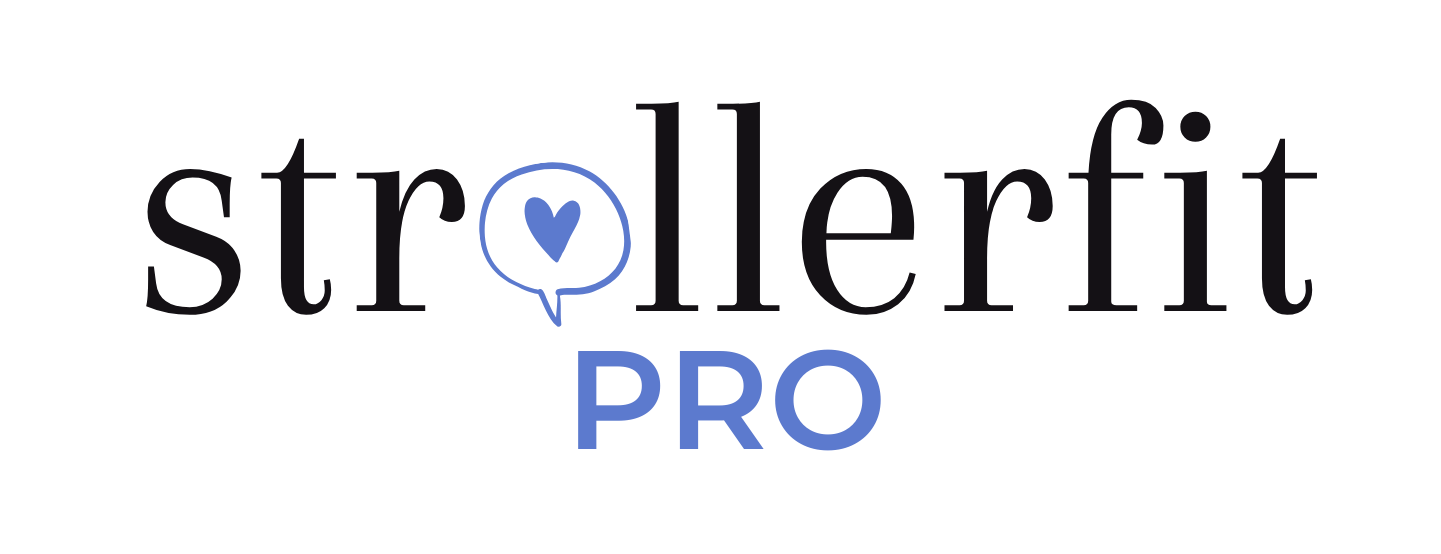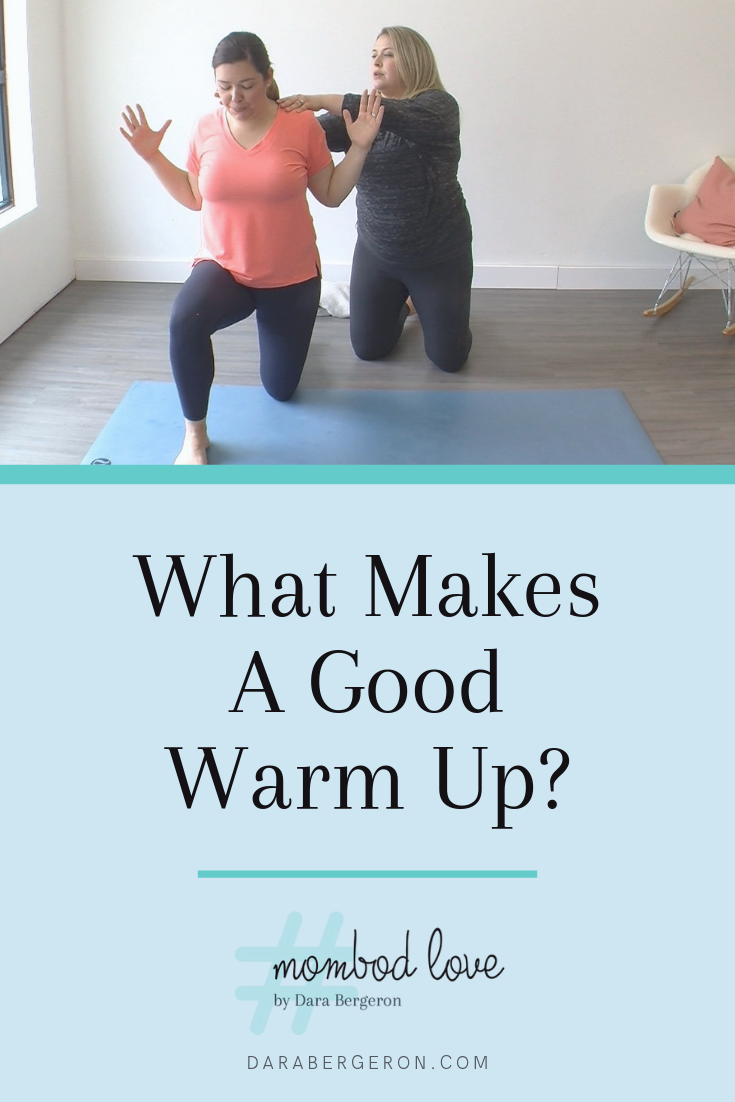
Admit it. You hate warming up. I hate warming up. That lady who runs past your front window every morning at 6:30 a.m. and makes it all look so easy — she hates warming up too.
There are two kinds of warm up for most of us:
1. We’re chomping at the bit and just want to run/lift/move, and don’t have the patience to warm up.
2. We’re dragging our asses, our brains and bodies are cold, and we don’t really want to do any of it, let alone tack on 5-10 minutes to warm up.
Sound at all familiar?
Well, let me give you the good new first: Sometimes you CAN get away without a warmup!
If your program begins with bodyweight movements designed to warm you up and doesn’t pop right into ballistic/plyometric/or heavily loaded movements right off the bat, you might actually consider those first few moves your “warmup.”
If your workout is primarily bodyweight and/or higher rep exercises — think, 15-20 squats with a medicine ball, compared to 5-6 squats with a barbell on your back — you’re probably okay to save a few minutes on a rushed day and get right into it. Just pay attention to your body and watch for signs of strain.
Why warm up, anyway?
Is it REALLY necessary? Well, as we discussed above, there are workouts which don’t really warrant a major warm up. A simple 1-2 minutes of stairs, squats, and a core move or two to get your head in the game might be all you need.
But there are a lot of good reasons to warm up before a more intense work out:
-
raise body temperature to warm muscles & connective tissues (warmer = stretchier)
-
warm and lubricate joints for ease of movement and less injury/pain
-
raise heart rate and respiration slowly to the level required for your upcoming exercise
-
mentally prepare for the task ahead
-
activate the pathways between the brain & muscles, and “rehearse” upcoming movements
A warm up shouldn’t exhaust you. It should be a combination of large muscle movements, ideally using all of the muscles you intend to use in the main portion of your workout. If you’re going to do bench press, running on the treadmill might not be the most functional “warm up.”
Once you know how to warm up, you stop seeing it as a chore and see it as an equally important part of your workout.
How to design a warm up
I recommend you begin each warmup with a few focused, deep core breaths to release and engage your abdominal and pelvic floor tissues.
If you’ve got a full-body strength training session planned, a simple warm up could include:
-
1-2 minutes of arm and leg swings, spinal twists and big, flowing movements and/or core activation exercises
-
30 seconds of light push ups (against the wall or on a countertop or table, or from the knees for more advanced mamas)
-
30 seconds of bodyweight squats
-
30 seconds of single leg deadlifts or glute bridges
If you’ve got a cardio session planned—let’s assume it’s the average walk, jog, bike ride or —your warm up could involve:
-
2-3 minutes doing your chosen cardio at a slow, calm pace
-
30 seconds of calf raises
-
30 seconds of walking lunges
-
1-2 minutes of arm and leg swings, and high knee marching
What does a warm up not include?
Stretching.
Well, that’s not entirely true. Dynamic stretches like leg and arm swings or yoga flows and releases are a fantastic way to move through a large range of motion. This means allowing your joints to move fully and to the utmost of each direction, smoothly and generally in large motions.
A static, or “held” stretch, like a forward bend or doorway chest stretch, is probably not the best way to warm up for movement. In fact, several studies document the fact that static stretching does not help the body prepare for a workout and can even inhibit your ability to effectively do powerful movements, like weightlifting or sprints.
Need more ideas?
Think of your warm up as a rehearsal for the upcoming workout and you’ll find there are tons of ways to warm up creatively. Just a few more ideas to get your warm up creative juices flowing:
-
step ups on a stair
-
push ups on a stair
-
calf raises
-
shoulder circles
-
leg swings
-
single leg hops
-
double leg hops
-
high knees (in place or traveling)
-
butt kicks (in place or traveling)
-
backward lunges
-
backward jogging
-
hinges and good mornings
-
quadruped glute exercises like donkey kicks and bird dogs
-
core and pelvic floor exercises like modified side planks, dead bugs and clamshells
You could even try a full-body yoga sequence like this sun salutation to ease you into your workout!
When is your warmup over?
Warm up haters, when are you allowed to move on? You’ll know you’re warmed up when you get that sense that you’re through the worst of it and have the feeling that you are truly ready to go. Your entire body should feel tingling with activity. You’ll be warm, slightly sweaty, and you should feel generally more limber and comfortable.
You could also be drunk. When in doubt, ask yourself, Did I just (a) perform several minutes of effective, large movements to prepare myself for exercise; or (b) ingest alcohol?
If the answer is (a), you’re ready to work out!
xo
D.


Recent Comments